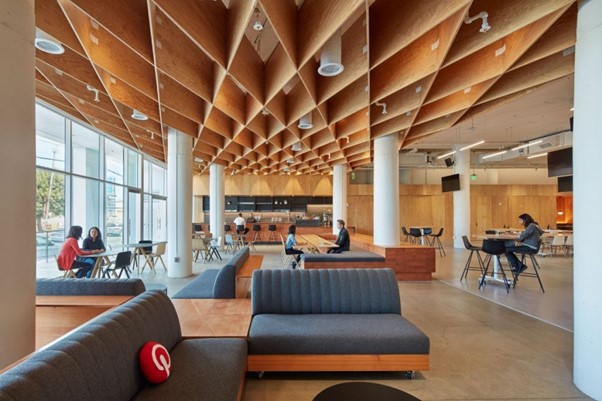The Power of Noise: Transforming Spaces with Acoustic Solutions
The Power of Noise: Transforming Spaces with Acoustic Solutions
Blog Article
Change Your Home With Innovative Soundproofing Methods for Superior Acoustics
By including sophisticated soundproofing strategies, you can properly decrease undesirable sound disruptions and enhance the sound quality within your home. From advanced soundproofing materials to strategic area formats, there exists a myriad of cutting-edge options that can reinvent the way you regard sound within your personal haven.
Soundproofing Materials and Insulation
How can soundproofing products and insulation effectively improve the acoustic residential properties of an area while reducing outside noise invasion? Soundproofing materials and insulation play an important function in improving the acoustics of a room by decreasing sound transmission and boosting audio top quality within the space. Materials such as acoustic panels, soundproof drapes, and foam insulation are typically used to soak up or block sound waves, stopping them from traveling via wall surfaces, floors, and ceilings. By including these products into the style of a room, undesirable noise from outdoors sources can be significantly lowered, producing a more relaxed and favorable setting for work, leisure, or enjoyment.
Insulation, both in the form of traditional fiberglass insulation and newer acoustic insulation products, likewise plays a crucial duty in soundproofing. Insulation aids to wet audio resonances, preventing them from passing with wall surfaces and floors.

Acoustic Wall Surface Panels and Fabrics
Acoustic wall panels and fabrics are integral parts in improving the sound top quality and general acoustic performance of a room. These specialized materials serve a twin purpose by not just enhancing audio insulation yet additionally including visual value to the room. Acoustic wall surface panels are developed to soak up sound waves, reducing echoes and reverberations within the room. They can be found in various forms, sizes, and layouts, enabling for modification based on the specific acoustical requirements of the area.
When it comes to acoustic materials, their sound-absorbing residential or commercial properties are just as important. These materials are often utilized to cover acoustic panels or walls, supplying both capability and style. They can be selected in a selection of shades and textures to match the area's décor while successfully soaking up sound to produce a much more positive auditory environment.
Integrating acoustic wall surface panels and textiles right into an area's design not only improves its acoustics however likewise boosts its total ambiance, making it a more comfortable and pleasurable area for different tasks.
Securing Fractures and Voids Properly
Also small openings can permit sound to take a trip through, lessening the efficiency of various other soundproofing efforts. Usual areas where audio can leak via include around electric outlets, walls, window structures, and where walls fulfill ceilings.
Weatherstripping can be made use of around doors and windows to create a tight seal, protecting against sound from entering or getting away the area. Foam sealer is excellent for filling up bigger voids or rooms, providing an airtight barrier against sound transmission.
Soundproof Doors and Windows Solutions
Enhancing the soundproofing of an area often involves applying specialized solutions for windows and doors to reduce sound transmission. click here for info Soundproof doors and home windows are vital parts in developing an acoustically optimized space. When it concerns doors, solid core options with weather-stripping seals provide efficient noise insulation. These doors are denser and much heavier, decreasing sound penetration considerably. Setting up door sweeps near the bottom can even more enhance the soundproofing by sealing the gap between the door and the flooring.

Room Design and Furnishings Setup
Optimizing room design and furniture plan is essential for achieving optimal acoustics in an area. The positioning of furniture and click here for info the general format of an area can significantly impact sound quality. To enhance acoustics, think about utilizing furniture things like shelfs, drapes, rugs, and upholstered sofas, as they assist in taking view publisher site in sound waves and minimizing mirrors. Putting bookshelves full of books tactically along walls can serve as sound barriers, preventing sound from jumping around the area. In addition, hefty curtains can moisten sound reflections and boost audio high quality. Rugs on difficult floors can also aid in lowering audio reflections. When organizing furniture, consider developing a well balanced design to distribute audio uniformly throughout the space. Avoid cluttering one location with as well much furniture, as this can lead to appear distortion and unequal acoustics. By thoroughly planning the area format and furniture setup, you can produce a room with superior acoustics that enhances the overall listening experience.
Final Thought
By using soundproofing products, acoustic wall surface panels, sealing cracks, and investing in soundproof doors and home windows, you can develop a more serene and satisfying setting. Additionally, thoughtful space design and furnishings plan can further enhance sound high quality.
Report this page